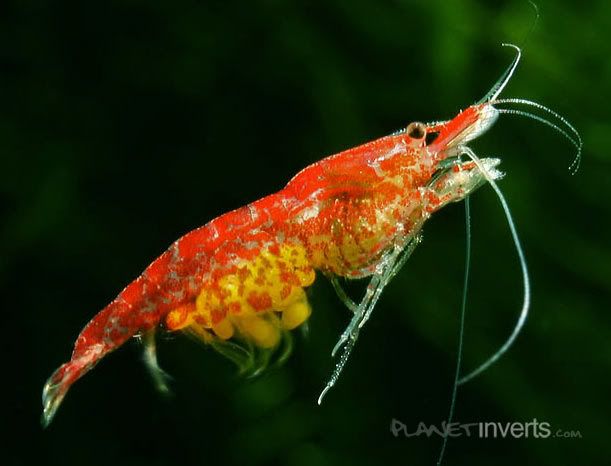This thread supports hobbyist online, regarding aquatic pets and aquarium maintenance. thanks for posting.
Results 1 to 10 of 2014
-
04-23-2009, 12:18 PM #1Junior Member

- Join Date
- Mar 2009
- Gender

- Posts
- 36
 Riverfront Aquarium-Online Support
Riverfront Aquarium-Online Support
-
04-23-2009, 07:40 PM #2
riverfront goes to the next level
trailblazing in providing support to aquatic enthusiasts
-
04-23-2009, 07:56 PM #3
Yateks ra...he.he..
Pwde apply dha?? Pet Support staff?? he.he.
up up up ta ani for Riverfront.....
-
04-26-2009, 12:11 PM #4
-
04-26-2009, 12:12 PM #5
-
04-26-2009, 12:14 PM #6

Common Name:
Red Cherry Shrimp
Scientific Name:
Neocaridina denticulata sinensis "red"
Size:
up to 3 cm
Temperature:
wide range, but best kept at 70°F-80°F
Water Parameters:
Can live under conditions that are soft and slightly acidic (ph 6.6-7.0) to very hard and alkaline (ph 7.0-8.4 and above). Very adaptable shrimp.
Food:
Biofilm, fish food (flake, pellets etc)
Origin:
Taiwan (this red variety does not occur naturally anywhere, but originally bred in Taiwan. Wild form occurs in Southern China and Taiwan)
Larval Development Type:
Completely Suppressed: Larvae assume a benthic lifestyle after hatching, i.e. they are miniature versions of the adults. There is no planktonic larval stage.
The red cherry shrimp is a red color variation of the dwarf shrimp Neocaridina denticulata sinensis, which hails from southern China, Taiwan and northern Vietnam and which has even been widely introduced into Hawaii. The red variety of the shrimp was originally bred in Taiwan. The red color variation of N. denticulata sinensis does not occur in the wild.
The red coloration of this shrimp depends on several factors such as mood, water conditions and food. Hence, when these shrimp first arrive in new aquaria after shipping, they have very little red on their bodies and most animals are extremely pale. The red coloration returns with time and when the shrimp finally settle in, they maintain their red coloration at all times. Young animals also need quite some time to become fully colored out. Females who are carrying eggs are especially deep red, whereas males tend to be much paler than females (see picture of male above). However, females start carrying eggs before they are fully colored up (see picture above).
These animals also display a wide range of temperature tolerance. My shrimp were kept at temperatures between 50°F and 86°F and were eating even at the 50°F mark. Others report that they have kept these shrimp in garden ponds in frost free environments where the Red Cherries were able to withstand temperatures in the 30s°F. Breeding, however, seems to only take place at temperatures of 68°F and above.
-
04-26-2009, 12:38 PM #7
-
04-26-2009, 06:58 PM #8Junior Member

- Join Date
- Sep 2008
- Gender

- Posts
- 142
what time man diay manira ang diha atbang sa colonade mall? nihapit ko didto the other week around 4:30pm but close man....
-
04-27-2009, 04:32 PM #9
-
04-28-2009, 01:30 PM #10Junior Member

- Join Date
- Mar 2009
- Gender

- Posts
- 36
Advertisement
Similar Threads |
|





 Reply With Quote
Reply With Quote



